You can setup an alphabet of valid characters, for example
import string
alphabet = string.ascii_letters+string.punctuation
Which is
'abcdefghijklmnopqrstuvwxyzABCDEFGHIJKLMNOPQRSTUVWXYZ!"#$%&\'()*+,-./:;<=>?@[\\]^_`{|}~'
And just use
df.col.str.strip(alphabet).astype(bool).any()
For example,
df = pd.DataFrame({'col1':['abc', 'hello?'], 'col2': ['ÃÉG', 'Ç']})
col1 col2
0 abc ÃÉG
1 hello? Ç
Then, with the above alphabet,
df.col1.str.strip(alphabet).astype(bool).any()
False
df.col2.str.strip(alphabet).astype(bool).any()
True
The statement special characters can be very tricky, because it depends on your interpretation. For example, you might or might not consider # to be a special character. Also, some languages (such as Portuguese) may have chars like ã and é but others (such as English) will not.
